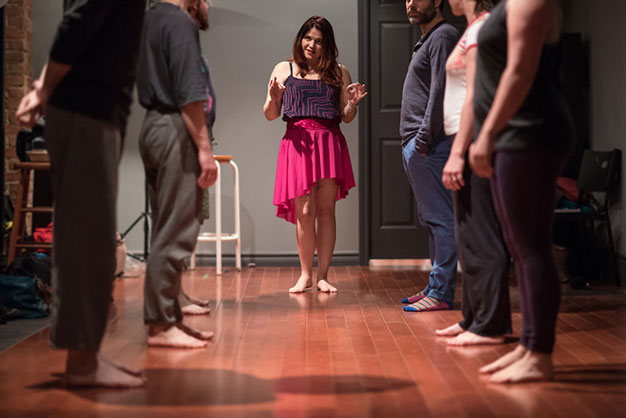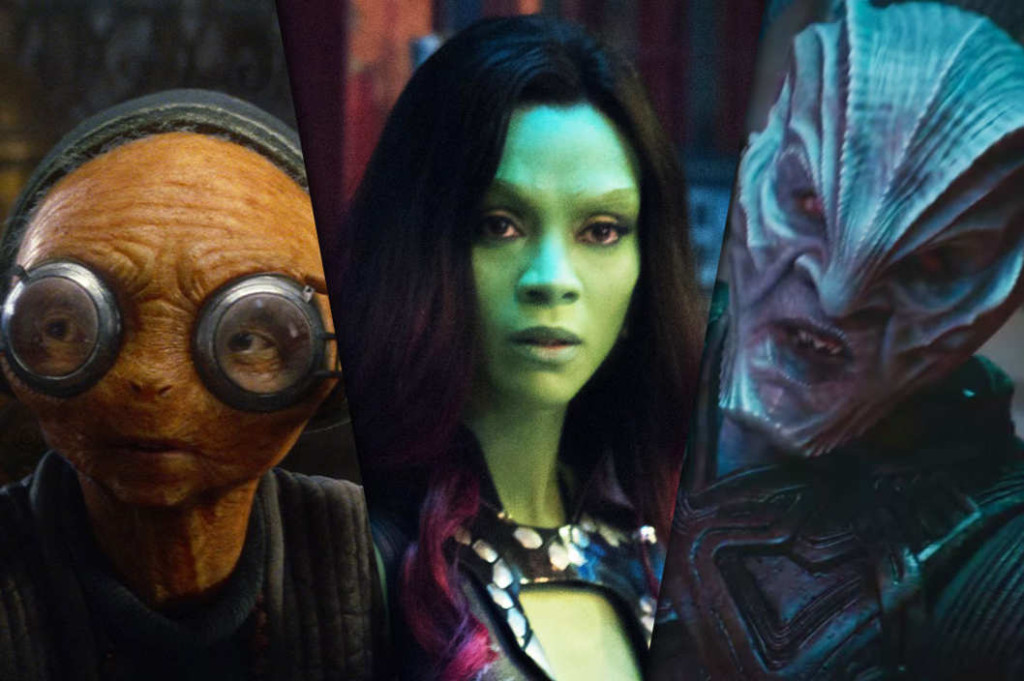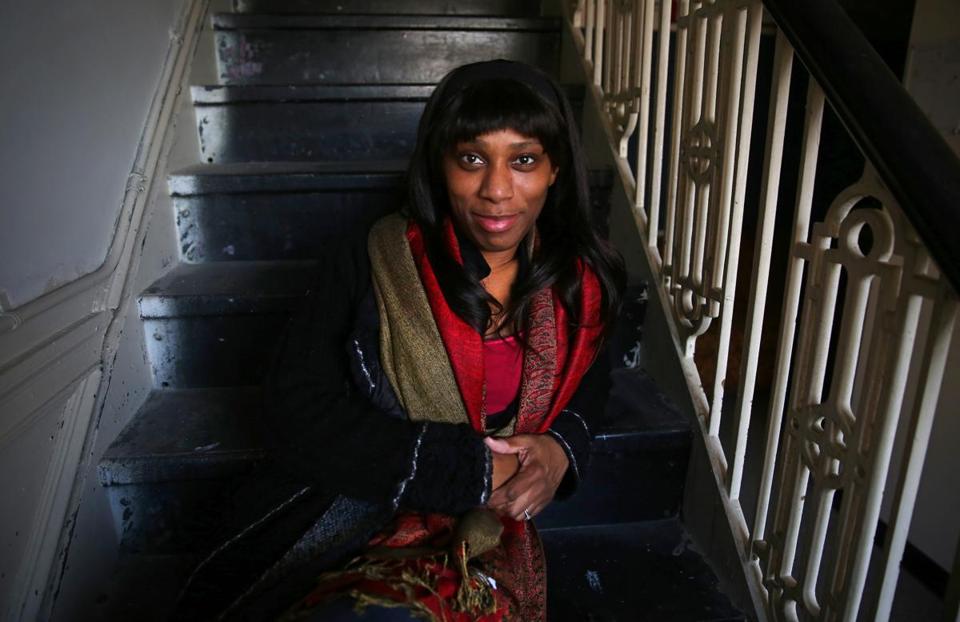available for purchase
at this time.
In The Intersection
Link Roundup! – 6/17/16
June 17, 2016Link Roundups feature articles and bits of internet goodness that our dramaturgy team digs up. If you find something you want to send our way, drop us a line on Facebook or Twitter!
♦♦♦♦♦
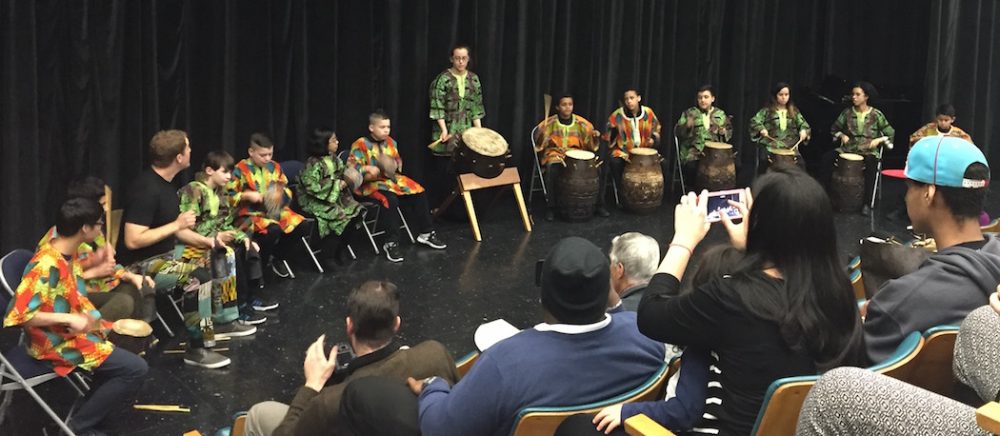
Onlookers watch as the ZUMIX drum group of East Boston kicks off the third “town hall” forum in the Boston Creates planning process. (Jeremy D. Goodwin for WBUR)
The ARTery reports on the policy announcements surrounding the new cultural plan, which is being released today:
In what City Hall is billing as a major policy speech, Boston Mayor Marty Walsh was set to announce on Friday a series of initiatives aimed at bolstering the city’s arts scene.
In line with the recommendations of a newly minted master plan for the arts ecosphere, the measures include city-led efforts as well as partnerships with philanthropies, area museums and other outside groups. In some cases, specific dollar contributions are promised; in others, organizations are pledging in-kind donations in the form of facility space or professional expertise.
Included is a new grant-making program aimed at small arts organizations, with funds earmarked for the creation of new work.
♦♦♦♦♦
The Conversation examines the dialogue about diversity that surrounded this year’s Tony Awards:
It’s not clear whether the diversity represented in this season’s Tony Awards is a flash in the pan or a positive sign of things to come. It isn’t the first season to feature a number of diverse actors and casts. The 1996 Tony Award season included August Wilson’s “Seven Guitars,” the musical “Rent” and George C. Wolfe’s black history musical “Bring in ‘da Noise, Bring in ‘da Funk.”
The next season, however, featured predominantly white shows: “A Doll’s House,” “Chicago,” “Titanic” and a Broadway revival of “The Gin Game.” Thus, without structural changes, this unusually diverse Broadway season is unlikely to continue. In fact, much of the diversity being touted is simply tied to one group, African-Americans. A closer look at the data shows that the diversity needle has actually regressed.
Link Roundup! – 6/10/16
June 10, 2016Link Roundups feature articles and bits of internet goodness that our dramaturgy team digs up. If you find something you want to send our way, drop us a line on Facebook or Twitter!
♦♦♦♦♦

A promotional photo from Profiles’s 2003 production of Blackbird. Darrell W. Cox starred as a Gulf War veteran spending Christmas with his girlfriend, a heroin-addicted former stripper./ PHOTO ILLUSTRATION: READER STAFF; PHOTO: “WAYNE KARL”
Chicago Reader has a feature about Profiles Theatre, detailing a long history of abuse and reckless behavior toward actors:
But something troubling was occurring behind the scenes of Killer Joe, something that was part of a long-standing pattern of abusive conditions at Profiles for nearly two decades. In extensive interviews conducted over the past year, more than 30 former Profiles cast and crew members described in disturbingly similar terms what they suffered or witnessed while working at the theater. They alleged that, since the 1990s, Cox has physically and psychologically abused many of his costars, collaborators, unpaid crew members, and acting students, some of whom also became romantically involved with Cox while under his supervision at the theater. Others in key roles in the theater, they say, did little if anything to stop it or turned a blind eye altogether. Although the source material Profiles favored was often violent and misogynistic, the quality of its shows and the critical acclaim they garnered—coupled with a culture of fear and silence that developed inside the theater—allowed bad behavior to flourish behind the scenes, unbeknownst to audiences or the media.
♦♦♦♦♦
The Huntington Theatre announced, as reported by the Boston Globe, the deal that will allow them to keep their space on Huntington Ave:
Michael Maso, managing director of the Huntington Theatre, said that under the terms of the agreement with the development group QMG Huntington, LLC, which purchased the three buildings for $25 million, the Huntington will be responsible for restoring the theater, which will abut a new mixed-use development that comprises both retail and residential units.
“We have a great deal of planning to do, and then we will have a great deal of money to raise,” said Maso, who estimated the theater company will need between $60 million to $70 million. “We can and we will fulfill the vision that this agreement makes possible.”
Link Roundup! – 6/3/16
June 3, 2016Link Roundups feature articles and bits of internet goodness that our dramaturgy team digs up. If you find something you want to send our way, drop us a line on Facebook or Twitter!
♦♦♦♦♦

Aneesh Sheth, MJ Kaufman, Shakina Nayfack and Kate Bornstein (Photos by Eric McNatt, taken on location at The Covenant House headquarters.)
Playbill has a great interview with several trans artists talking about representation in theatre:
The American theatre has always been at the forefront of social movements. We were the first to have interracial relations onstage, well before they were acceptable on television or film. Same with same-sex relationships. But then it feels like, in terms of mainstream and commercial theatre and trans stories—it seems like we’re behind. Why do you think that is?
TD: There is the money issue—you’re asking theatres to take a risk and to get educated. All that requires time, money and capacity. You might have to break westernized theatre protocols to educate your front-of-house staff about gender neutral bathrooms or take your ushers aside and teach them how to engage with someone who’s gender neutral.
MJK: I think it’s happening at the fringe and smaller levels. I hope that one day actors get cast in a role because they’re right for the role and they’re good actors. Not because of their gender identity.
BM: I think safety is still an issue. There is a risk involved with visibility, as trans people are still facing violence and harassment. I also feel like there are still biases that almost all marginalized theatremakers face from financiers or venue owners who have their own personal disinterests in our stories or believe that our projects won’t attract a profitable audience.
♦♦♦♦♦
The New York Times has a feature on The Sol Project:
The Sol Project, a new initiative to raise the profile of Latino artists in theater, will make its debut in November with Hilary Bettis’s play “Alligator,” presented with the company New Georges.
The initiative plans to partner with 12 Off Broadway companies to produce one play per season. So far six companies have been announced: New Georges, Rattlestick Playwrights Theater, the Public Theater, Labyrinth Theater Company, Atlantic Theater Company and Women’s Project Theater.
Link Roundup! – 5/20/16
May 20, 2016Link Roundups feature articles and bits of internet goodness that our dramaturgy team digs up. If you find something you want to send our way, drop us a line on Facebook or Twitter!
♦♦♦♦♦
Boston Magazine has a feature examining the ups and downs of the city’s cultural planning process to date:
But goals alone do not make a plan. Certainly, the effort was enormous, the aims lofty, the motives sincere. But let’s be blunt: The key issues were identified very early on in the process. It shouldn’t take more than a year of visioning exercises—at a cost of $1.4 million, almost the same as Burros’s fiscal year 2016 annual department budget of $1.7 million—to pinpoint challenges and strengths that have been evident in the arts community for years and years. Privately, people in the arts community have been wondering when all of those lofty goals will translate into action.
The answer wasn’t forthcoming when Burros presided over a town hall meeting at Bunker Hill Community College in March. Remember: The Boston Creates team had promised that the first draft of the actual plan would be released at this meeting. But Burros simply reiterated the five goals (which now include a specific focus on equity). No action items. No timeline. No metrics. No funding stream.
♦♦♦♦♦
This week’s Boston Globe also has an article looking at the funding details (or lack thereof) in the draft proposal of the cultural plan:
The authors write that Walsh has made “great strides” when it comes to arts funding, proposing a $2.3 million budget for the Office of Arts and Culture in fiscal year 2017. Nevertheless, they cede that the “possibility of further increases is severely limited. The city faces increasing fiscal pressure from different sources, including statutorily limited revenue tools, rising fixed costs, underfunding of charter school reimbursement, decreasing local aid, and the growing need for a wide range of city services.”
In other words, a push for dedicated arts funding in Boston — already a highly politicized venture as City Hall must sway state legislators — must also compete against other city needs, such as education, housing, and public safety.
Burros avoided discussing funding tactics, such as potential public-private partnerships, in detail last week, saying it was too early. “The creation of the plan and the implementation of the plan are really two different things,” she said, calling the draft a “milestone.” “When we’re at the final plan and we’re announcing implementation in June, there’ll be even more specifics.”
Link Roundup! – 5/13/16
May 13, 2016Link Roundups feature articles and bits of internet goodness that our dramaturgy team digs up. If you find something you want to send our way, drop us a line on Facebook or Twitter!
♦♦♦♦♦
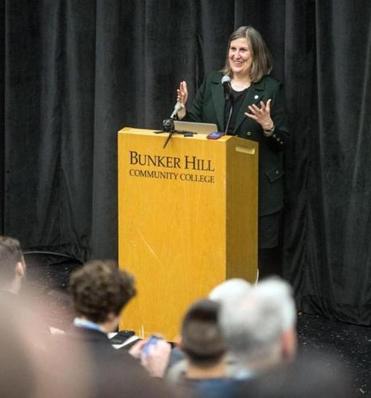
Julie Burros, Boston’s chief of arts and culture, during a Boston Creates town hall in March at Bunker Hill Community College. / Aram Boghosian for The Boston Globe/file
As reported in this week’s Boston Globe, the draft of the city’s Cultural Plan is now open to public comment — give your thoughts before the end of this weekend!
The draft plan describes five primary goals for arts and culture in the city, including creating “fertile ground” for the arts by encouraging the formation of more funding and venues for arts groups, supporting efforts and policies to keep individual artists in Boston, and cultivating a civic climate where all cultural traditions “are respected, promoted and equitably resourced.” Other overarching goals include integrating the arts throughout the city and creating partnerships to support the city’s arts and culture sector.
♦♦♦♦♦
HowlRound’s livestream of the Breaking the Binary symposium is now available to watch:
Breaking the Binary was conceived, organized, and will be hosted by Lisa Evans and SK Kerastas who recognize a strong need for education around this issue in our field—even amongst theatre professionals working from a social justice base. This past year alone there were multiple instances of well-intentioned theaters around the county receiving backlash from trans* communities for their handlings of productions with trans* material. Building on a national movement for equity in our work, SK and Lisa want to provide some holistic support to theatre organizations and artists making this kind of work.
Link Roundup! – 5/6/16
May 6, 2016Link Roundups feature articles and bits of internet goodness that our dramaturgy team digs up. If you find something you want to send our way, drop us a line on Facebook or Twitter!
♦♦♦♦♦
Now Toronto features an article about intimacy choreographers, who help design staged relationships the way a fight choreographer would design moments of violence:
“Some people would say, ‘Well, that’s just acting,’” Sina says, “but it really helps actors establish intimacy quickly and safely if they have techniques to help them find chemistry in the rehearsal process. They’re really effective in helping build relationships onstage – and not just sexual ones.”
Good directors will help the cast establish bonds of trust and mutual respect before attempting to stage difficult material, but with rehearsal periods getting shorter before shows open, actors can find themselves locking lips or exposing themselves or others with a bare minimum of preparation.
♦♦♦♦♦
HowlRound has a report on non-profit internships with a write up by Molly Marinik:
Those whose paid internships did not sufficiently cover their monthly expenses made ends meet in a variety of ways: by living with family, sleeping on friends’ couches, getting part-time jobs when time allowed, using savings, and receiving assistance from family. A handful signed up for food stamps, and some of the theatres even suggested this to the interns as a viable solution. It strikes me as ironic that federal arts funding in the United States is minimal compared with other leading nations, yet through other furtive methods the government winds up subsidizing artists anyway. But that’s another conversation.
Link Roundup! – 4/29/16
April 29, 2016Link Roundups feature articles and bits of internet goodness that our dramaturgy team digs up. If you find something you want to send our way, drop us a line on Facebook or Twitter!
♦♦♦♦♦
Vulture has a piece exploring why so many of Hollywood’s best black actors are relegated to voice work or are physically altered by makeup and visual effects:
You don’t see Leonardo DiCaprio, Sandra Bullock, and Tom Cruise painting their faces to win roles, but this color-changing gambit has practically become required of black dramatic actors who want to appear in big-budget movies. Of our A-list movie stars, the only white one regularly tinting her skin is Jennifer Lawrence, who signed a three-film contract to play Mystique in the X-Men films well before she was an Oscar-winning superstar, and whose latest go-round in the role is her least blue yet. Fox was savvy to put Lawrence’s famous white face front and center for X-Men: Apocalypse, since they now know it’s a face that sells movie tickets and magazines. So, too, could Lupita Nyong’o’s, yet since her Oscar win, no white director has cast her in a live-action role that lets her live in her own black skin.
♦♦♦♦♦
Here’s a good round up of advice from the Nonprofit with Balls blog with do’s and don’ts when applying for a job:
Do research the organization you’re applying to: You will be asked how your skills and experience are a good fit. You will sound a lot more impressive if you can say things like “I saw in your last blog post that you have a challenge with blah blah. I have experience working with blah blah, etc.”
Link Roundup! – 4/22/16
April 22, 2016Link Roundups feature articles and bits of internet goodness that our dramaturgy team digs up. If you find something you want to send our way, drop us a line on Facebook or Twitter!
♦♦♦♦♦
The Nerds of Color blog has a look at more recent nonsense with Hollywood casting:
If you keep giving movie roles to white people, even when those movies fail, then how do you justify the absurd notion that people of color in lead roles are a risky financial gamble? How is it possible that the Fast and Furious franchise has grossed $4 billion worldwide with nary any white people in the cast?
It’s because people in Hollywood will ignore the proof in front of them. The industry is racist and will do whatever it takes to prop up whiteness even when no one wants it. I appreciate that people are saying we should boycott Strange and Ghost when they come out, but I doubt that will make a difference. Tell me, when was the last time a whitewashed film was a box office success anyway? Exactly.
♦♦♦♦♦
NY Magazine’s The Cut has a feature about parenting as an artist:
The idea that writers, artists, inspired and creative people make bad spouses, parents, homemakers, partners is nothing new. It’s a trope that has served the (usually male) writers of the canon well. The mythology of the self-destructive artistic genius, the undomesticated bohemian, the visionary who is also, incidentally, or perhaps inevitably, a jerk, fundamentally unsuited for family life, goes back to the Marquis de Sade, and it’s not hard to think of 19th- and 20th-century examples: Byron is reported to have slept with 200 women in the course of one year, declaring after his wife gave birth to his first child that he was in hell, then impregnating his half-sister. Baudelaire longed for escape from “the unendurable pestering of the women I live with.” Verlaine tried to light his wife on fire. Hemingway married four women and after one ceremony reportedly asked a bartender for a glass of hemlock. Faulkner’s 12-year-old daughter once asked him to not drink on her birthday, and he refused, telling her, “No one remembers Shakespeare’s children.”
Link Roundup! – 4/15/16
April 15, 2016Link Roundups feature articles and bits of internet goodness that our dramaturgy team digs up. If you find something you want to send our way, drop us a line on Facebook or Twitter!
♦♦♦♦♦
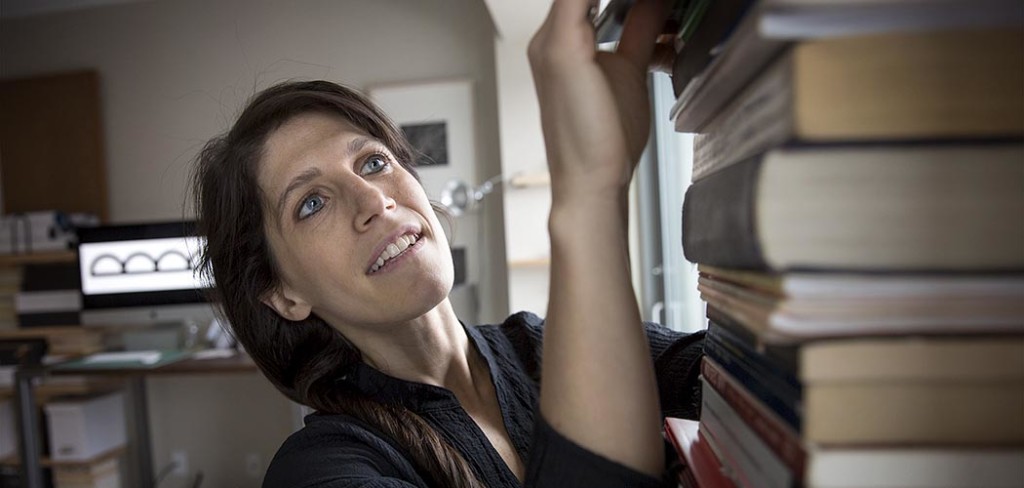
Olivia D’Ambrosio, producing artistic director of Bridge Repertory Theater, reaches for a play among a pile of books in her home office. (Robin Lubbock/WBUR)
The ARTery examines gender parity in theatre, nationally and locally, with some shout-out’s to C1:
Anecdotal observations are backed up by some stark statistics. A study released by the League of Professional Theatre Women in October, focusing on New York City theaters, found that divisions of labor at theater companies appear to be highly gendered. In the past five years, women accounted for 72 percent of the stage managers and assistant stage managers tallied; just 33 percent of directors were female.
♦♦♦♦♦
HowlRound posted the text of Todd London’s keynote address from the Association of Performing Arts Service Organizations earlier this month:
The etymology of the word service points in two directions. In Old English, service means religious devotion; in the Old French and Latin it denotes slavery. It’s a big word, service, calling to mind food and kindness, military duty, patriotic honor, and sex. I want to stay with the two-headed root, though: dedication to a life of spirit this way; indenture that. To the right, we have the arts service community’s saint-like fanaticism. To the left, its feelings of unappreciated servitude. Sometimes we serve glorious missions; sometimes we serve the self-serving. “You have given your life to a beautiful cause,” the angel on one shoulder whispers. The devil on the other laughs, “Nobody sees or knows what you do. It’s not worth it. Fuck it. Go make some money.”
Link Roundup! – 4/8/16
April 8, 2016Link Roundups feature articles and bits of internet goodness that our dramaturgy team digs up. If you find something you want to send our way, drop us a line on Facebook or Twitter!
♦♦♦♦♦
Playwright Kirsten Greenidge will be joining the Company One staff as a playwright-in-residence as part of the Andrew W. Mellon Foundation’s National Playwright Residency Program (NPRP) — we are so thrilled!
The purpose of embedding residents into theaters of varying sizes and locales is to provide playwrights the time and space to write without distraction, to offer playwrights regular access to the theaters’ extensive resources and to their artistic leaders, and to encourage institutional practices at theaters that are more inclusive of artists’ ideas and needs. The expectation is that these arrangements will foster the creation and production of theatrically ambitious plays that lend themselves to more effective engagement with audiences and communities.
♦♦♦♦♦
Forbes is doing a series of posts about representation, including articles on Broadway’s lack of diversity and how the Tony Awards compare to the Oscars:
Both the Tonys and the Oscars recognize white artists by an overwhelming majority. Whites make up 95.5% of all Tony nominees, and 96.4% of all Oscar nominees, a difference of only .9% between them. This doesn’t take into account when people were nominated, however – minority recognition is becoming more frequent as the years go on. The results also don’t account for the Tonys starting two decades after the Oscars. But we did the math on that, too: if we ignore the first 20 years of Academy Awards, the numbers would be even closer together, with the Tonys being only .43% more diverse.

